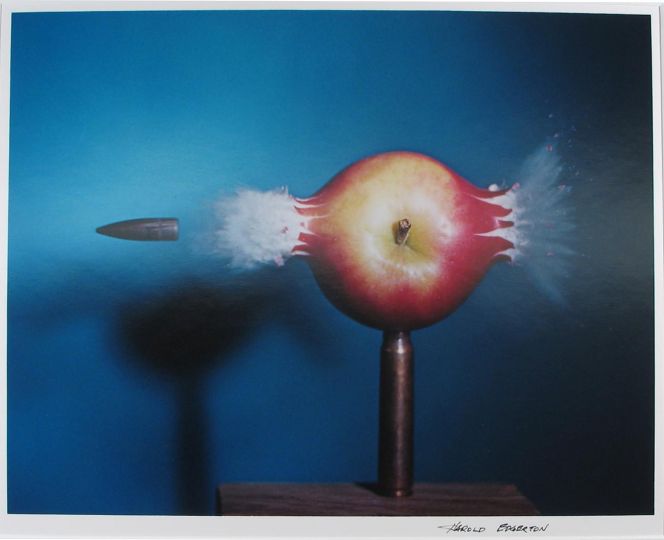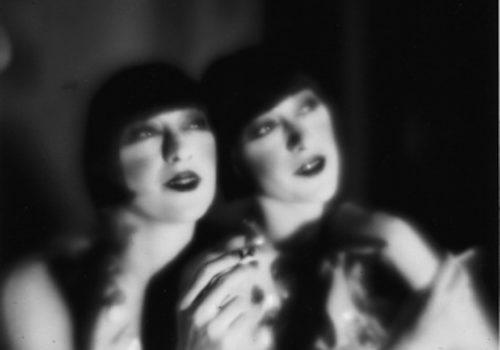We have created a new column for La Lettre, “In the library of…” We will ask a variety of photographic personalities crazy about pictures and collectors of livres to tell us about ten of their favorite books. We are starting with Sara Rosen, one of New York’s most prestigious press attachés.
Top Ten: My Favorite Photography Books
Miss Rosen
I began working as the assistant to the director of sales and marketing Rizzoli in 1999, my first job in illustrated book publishing. I knew next to nothing about books or photography when I began, but after spending nearly a year knee deep in luxurious monographs that I could never afford on my entry-level salary, I came to discover a love for photography titles. The more time I spent with these collections, the more these books became my personal photo albums with various images marking my progress through a new profession.
The first book to capture my heart was New York Noir: Crime Photos from the Daily News and was overcome with by emotions colored by time and style. These photographs of killers, corpses, and victims were at once hopelessly romantic and slickly sickening. I was drawn to the book’s ability to cast me back to a time with tales that echo in eternity, using this evidence preserved for posterity, asking the age old question: Six million ways to die, choose one…
Or, as Kenneth Anger’s Hollywood Babylon would have it, choose your own adventure. I had heard about Hollywood Babylon for years, but being the kind of person who seeks nothing, I did not purchase the book until it randomly crossed my path while browsing the shelves at Housing Works Bookstore. The tawdry and bawdy tales blew my mind, but it was the photographs that captured my soul. If I were truly fruity and went in for reincarnation, I would imagine myself some actor of this era living a debauched and delicious life with no past and no future. I think it’s something about that desert air; it makes people do desperate things.
Having this penchant for the dark side of things, Boogie’s It’s All Good is one of the most chilling collections of photography I have seen. It’s brutality lies in a familiarity, an ability to see the self in these stories and recognize the way in which environments define destinies. Poverty. Projects. Drugs. Guns. It’s all about business, and it’s all a set up that goes to the heart to the prison industrial complex and the people profiting off the Rockefeller drug laws. What is left are these images, these are stories of wasted lives that become shiningly vibrant and alive through acts of drama and destruction that are captured in these images. From the cradle to the grave, it’s a short trip for too many people who are living out a brutal script.
On the flip, James Mollison’s James & Other Apes is my favorite survivor story. I always root for the underdog when the underdog is an animal. Simians in particular set my heart pounding. The very familiarity of these creatures, the portraits’ ability to capture the characters of its sitters, the crabby older male and the sparkly young female, a charming cast with personal stories of abuse and mistreatment at the hands of man. James & Other Apes serves to remind me that laws of humanity apply to all living creatures.
In the case of the deceased, I’d like to say a special R.I.P. to Nat Finkelstein, as his birthday is coming up January 17. He died in 2009, but I have discovered that he is in the ether and my relationship with him continues beyond his passing. We first met in 2000, when I started at powerHouse Books. Nat asked if I was the new intern. “Marketing Director,” I huffed, indignant because for all intents and purposes, I’d only had one year of experience and was not much further along in my career. Nat’s book, Andy Warhol: The Factory Years, 1964–1967, was my introduction to Pentagram. I didn’t ever think about book design. Add to that Nat was a writer as well as a photographer, and his book becomes the ultimate the underground Warhol archive. Nat got written out of almost all the history; he was run out of the country in ‘67 and didn’t return til the 80s (after the warrants had expired). But I digress. This book takes it back to the beginning, when Warhol actually put brush to canvas and pizza to mouth. PS: Nat was the one who introduced Warhol to Valerie Solanis. Yep.
The thing I really dig about New York is the way ever decade has its own vibe. Nat Finkelstein’s swishy Sixties give way to Ron Galella’s Disco Years and I feel like I was at the party after looking at these photos. And it’s important to have been there because I didn’t actually start going out until 1989, and even though I was out in clubs in the 90s, I just don’t see a book on it. The glamorous life of Ron Galella was the essence of a New York City that has come and gone, and what remains are his photographs of a time and a place that have come to define a way of living inspires art, fashion, music, and taste.
In a parallel universe, Joe Conzo’s Born in the Bronx tells the story of New York City’s uptown underground, home of Hip Hop before anyone ever called it that. Joe’s photographs, combined with Buddy Esquire’s party flyers, document the birth of a culture, one that came from triumph in the face of “benign neglect.” As the government allowed and institutionalized the destruction of a people and a place, Joe’s work shows the human spirit in the face of adversity. From nothing comes something so powerful that people around the world embrace the culture in their own languages. More than a form of music, Hip Hop is a way of life. Joe’s photographs remind us where it all began, and what it stood for in its formative years: peace, love, respect, and having fun.
Graffiti came of age around the same time and place as Hip Hop, yet it is not Hip Hop. Graffiti, as I imagine it, is a form of Antisocial Expressionism—an art of rebellion and adolescence that takes our impulse to leave a mark for all eternity and define itself through an ever evolving style. Subway Art by Martha Cooper and Henry Chalfant was not the first book on the subject, but it was by far the most influential. Published at a time when the government was putting forth the “broken windows” theory as a way to blame vandalism for major crime (rather than acknowledge the role economic policy played), Subway Art stood its ground against the haters and the naysayers, showing a new form of art, a self taught form that—like Hip Hop—made use of what was available to communicate with the world. The result was unexpected, and I am more than sure, unintended. Subway Art became the Bible of graffiti, introducing the art to kids around the world who quickly got busy busting out tags, throw ups, and pieces in their own towns. Never has an photography book had such an influence, making graffiti a virus that cannot be stopped, cannot be killed.
I seem to return to the subject of New York City over and over again but the first rule of writing is, write about what you know. I was browsing the tables at the Strand one day when I came upon Bernice Abbott and Douglas Levere’s New York Changing. Partnering with the Abbott estate, Levere went back and reshot Abbott’s photographs several decades later. The result was astounding. For all intents and purposes, New York is never the same and that is part of the magic of living in their crazy town. We see and feel the transitions as we live them, but as the years pass we acclimate to the new world in which we live. New York Changing takes this evolution one step further, and by skipping through history, we see the results of “progress.” Neither good nor bad, neither right now wrong, but rather it is what it is—a brand new world.
The final book on my list is a one-of-a-kind collection I saved from my uncle’s basement. It is my grandmother, Rose Rosen’s personal photo album from 1948, documenting her courtship and marriage to my grandfather, and the birth of her first two children. That my uncle, the third child was not this book was the reason he gave it away—but I too am not in the book, and still I recognize its value. Rose, who died before I really got to know her, reveals herself through this book of photographs painstakingly attached with little photo corners. She writes pithy little captions, like “Look at the pretty handrail” next to a picture of her posing in a swimsuit on a flight of stairs. In perusing this book, I got to know a woman I never truly met, and saw a side of myself that exists nowhere else in my family. Cheesecake shots, glamour scenes, the proud mother and wife who was denied a career by her husband found other expressions of her creative energies. Rose Rosen is the only person in my family to share my penchant and my passion for photography books.
Sara Rosen
[email protected]
















